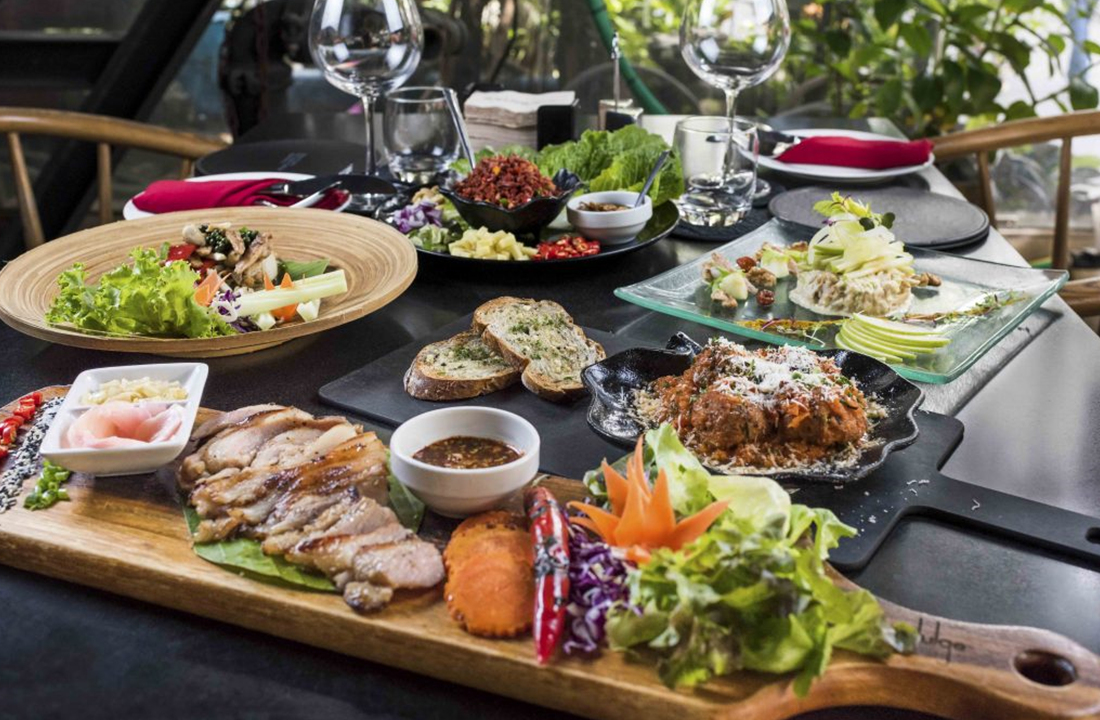At its essence, harvest fusion encourages cooks to explore the bounty of local farms and markets, selecting ingredients that are at their peak freshness. This practice not only supports local agriculture but also ensures that meals are packed with flavor and nutrients. For instance, combining ripe heirloom tomatoes with creamy burrata cheese and a drizzle of balsamic reduction creates a vibrant dish that highlights the essence of summer. This type of combination exemplifies how seasonal produce can be elevated through thoughtful pairing.
One effective way to implement harvest fusion in your cooking is by experimenting with flavor profiles from different cultures. For example, incorporating Asian spices into a classic Mediterranean dish can lead to exciting new flavors. A roasted vegetable medley can be enhanced with soy sauce, ginger, and sesame oil, creating a delightful fusion that surprises the palate. This blending of culinary traditions allows for creativity and innovation, resulting in dishes that are both familiar and novel.
Another important aspect of harvest fusion is the emphasis on texture. Combining various textures can elevate a dish and create a more satisfying eating experience. For instance, pairing roasted root vegetables with crunchy nuts or seeds adds depth and interest to a meal. A warm quinoa salad topped with roasted butternut squash, pomegranate seeds, and toasted almonds not only looks beautiful but also offers a delightful contrast of textures that enhances each bite.

Incorporating herbs and spices is essential in harvest fusion cooking. Fresh herbs can brighten up dishes and add layers of flavor. For example, a simple dish of sautéed greens can be transformed with the addition of fresh cilantro, lime juice, and chili flakes, creating a vibrant side that complements many main courses. Using herbs that are in season not only enhances the freshness of the dish but also connects the meal to its agricultural roots.
When planning a harvest fusion meal, consider the balance of flavors. A well-rounded dish often includes sweet, savory, and acidic elements. For example, a salad that combines sweet roasted beets with tangy goat cheese and a citrus vinaigrette creates a harmonious blend that excites the taste buds. This balance is crucial in ensuring that each component of the dish shines while contributing to an overall satisfying experience.
Harvest fusion also encourages the use of sustainable cooking practices. By focusing on seasonal ingredients, cooks can minimize their environmental impact and reduce food waste. Utilizing parts of vegetables that are often discarded, such as beet greens or radish tops, can lead to creative and delicious dishes. This approach not only fosters a deeper appreciation for food but also encourages resourcefulness in the kitchen.
Embracing harvest fusion opens up a world of culinary possibilities that celebrate the richness of seasonal ingredients and diverse culinary traditions. By exploring different flavor combinations, textures, and sustainable practices, cooks can create memorable meals that reflect the beauty of the harvest. This innovative approach not only enhances the dining experience but also fosters a deeper connection to the food we eat and the land it comes from.

